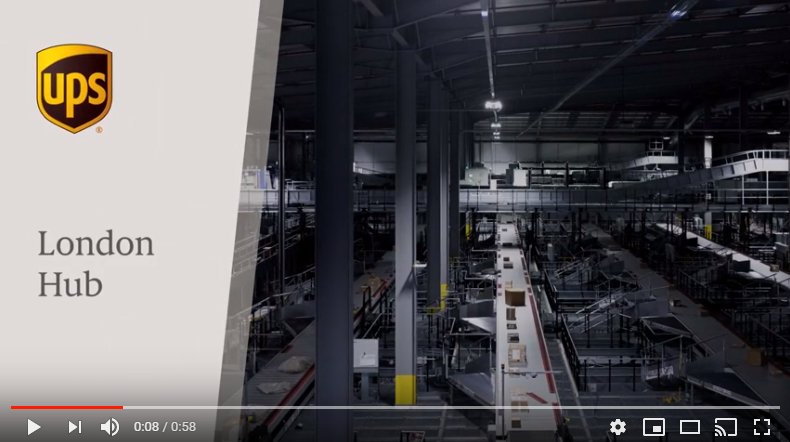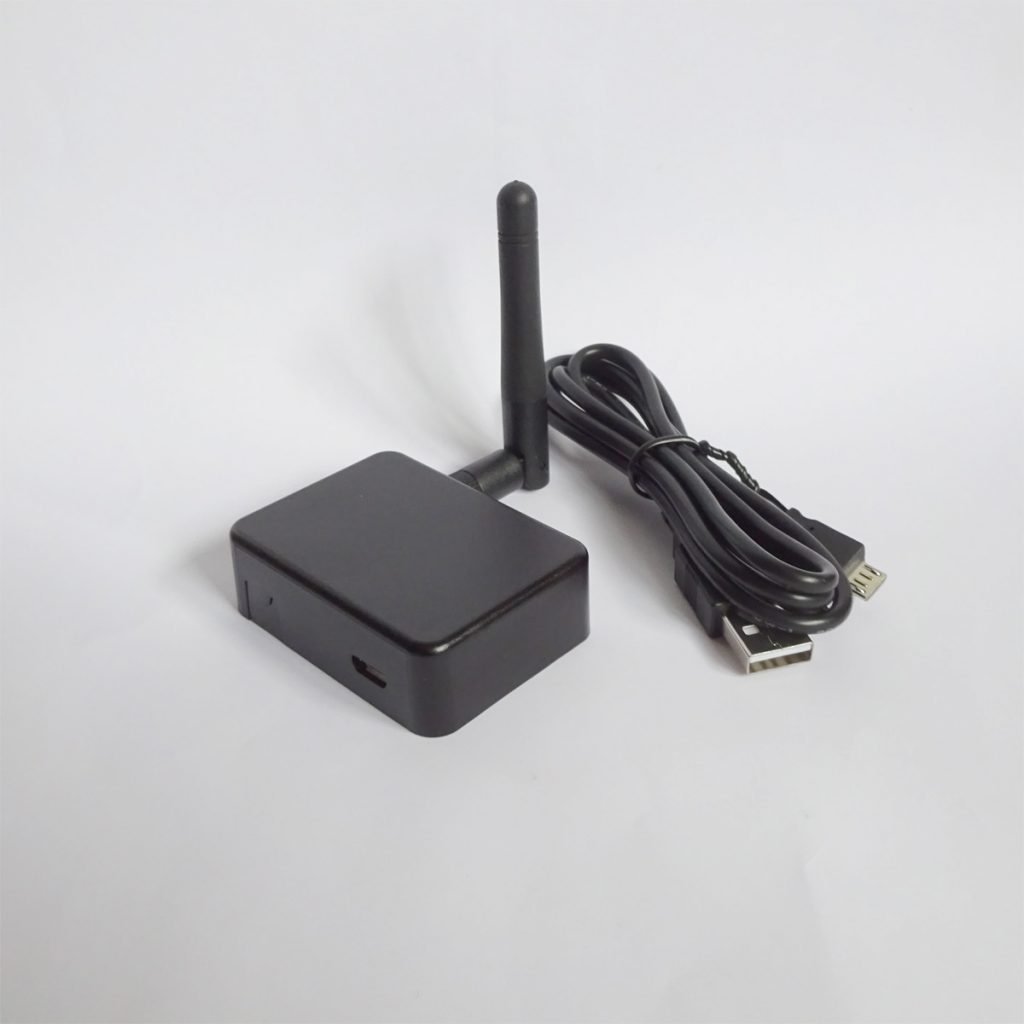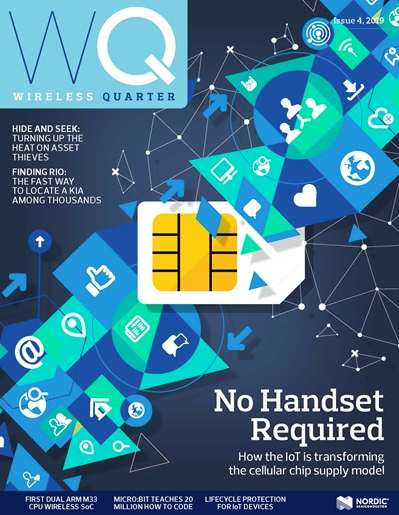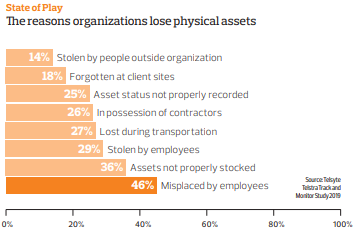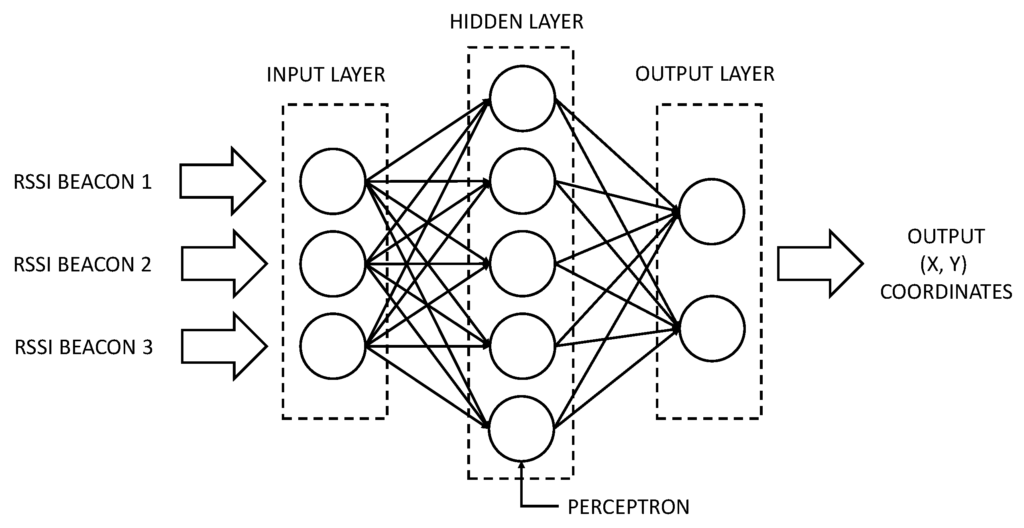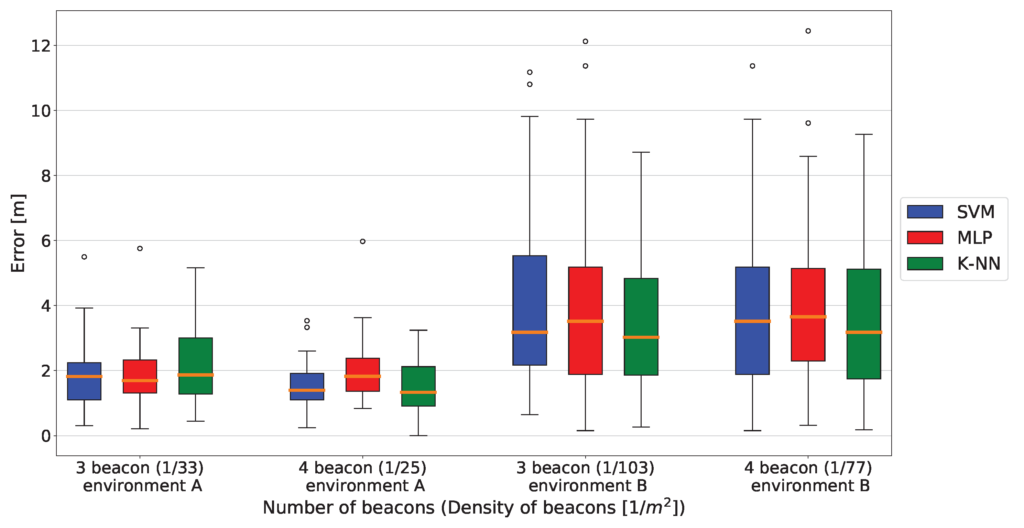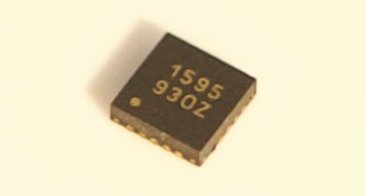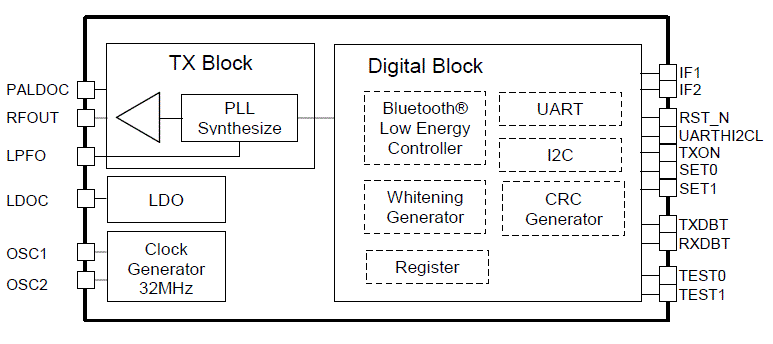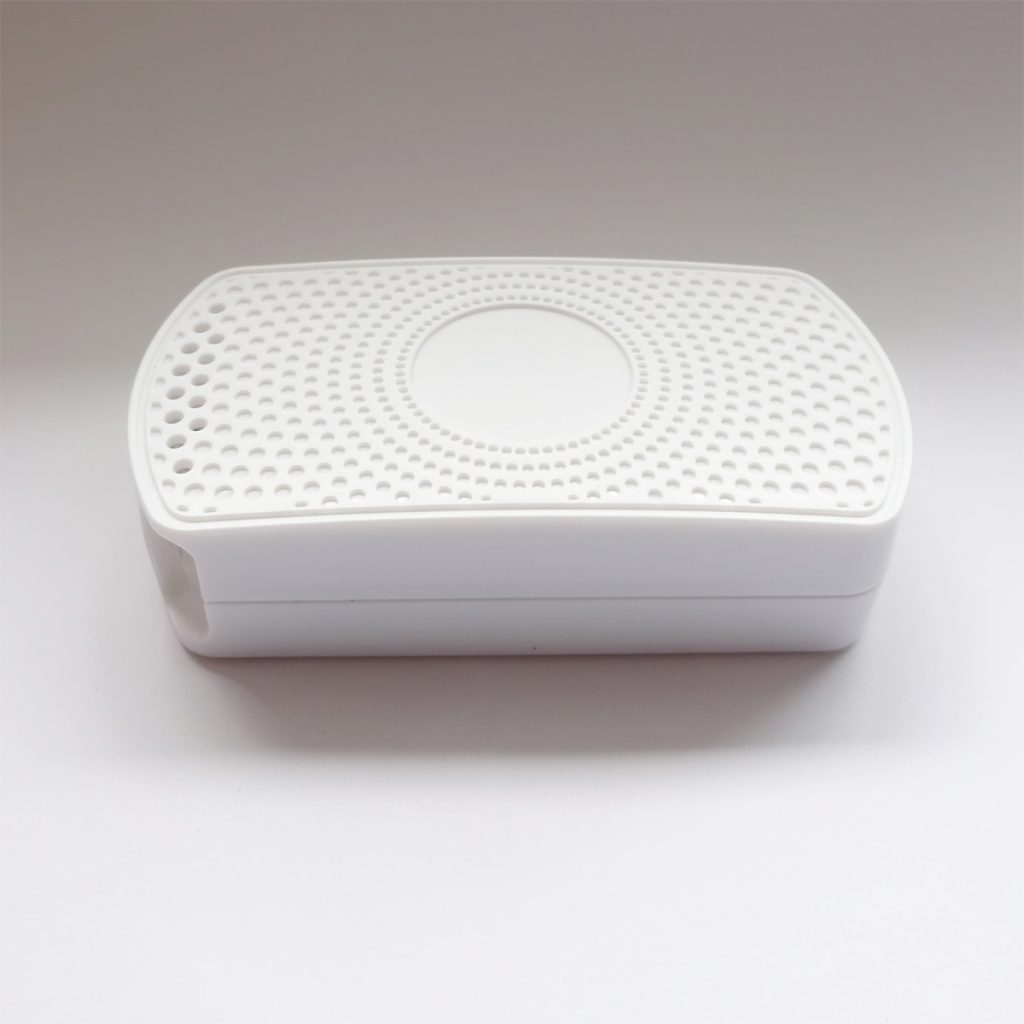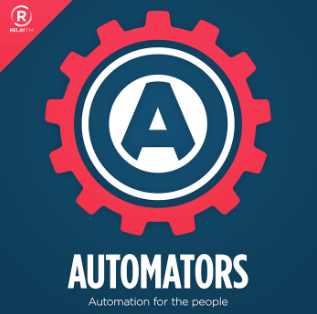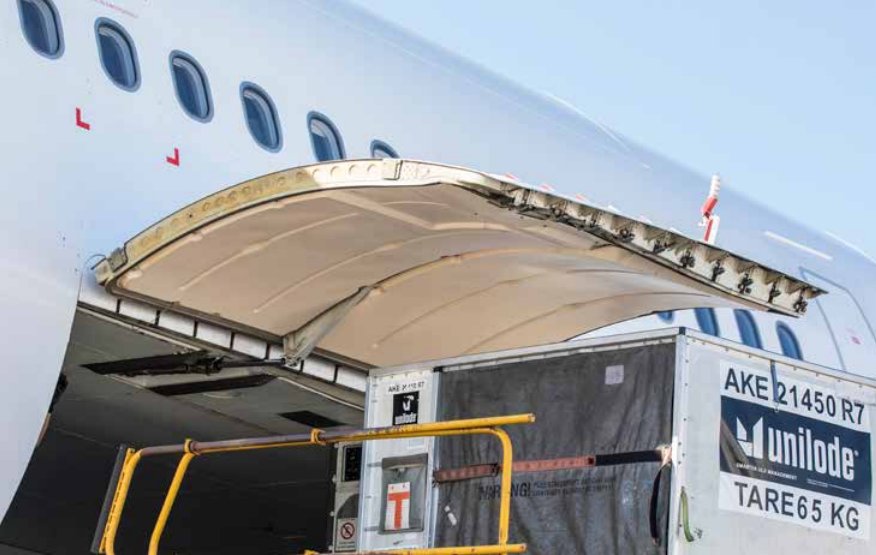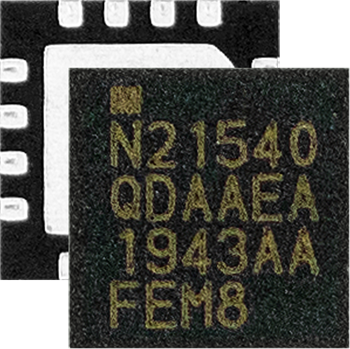The Bluetooth blog has a recent post on 4 Reasons to Use Bluetooth in Your Healthcare Facility. It explains some advantages of Bluetooth and mentions some uses within healthcare.
Bluetooth can be used as a way of connecting wearables and equipment to other devices. When equipment and people are Bluetooth-enabled, asset tracking and wayfinding become possible. Staff can quickly locate valuable hospital assets and patients in need for urgent care.
Another reason for using Bluetooth is reliability. The article mentions Bluetooth’s adaptive frequency hopping (AFH) that makes communication more reliable in noisy wireless environments. You can read more about the technical aspects in our post on Bluetooth LE on the Factory Floor.
A further reason for using Bluetooth, particularly Bluetooth LE, is low power. Stand-alone devices can work on coin-cell batteries for many years.
The final reason given for using Bluetooth is the ability to create larger site-wide networks using Bluetooth mesh. Mesh can be used for control, monitoring and automation systems without the need for WiFi that can be unreliable and congested in hospitals.
For a further look at usecases, see the post on RTLS in Healthcare.
